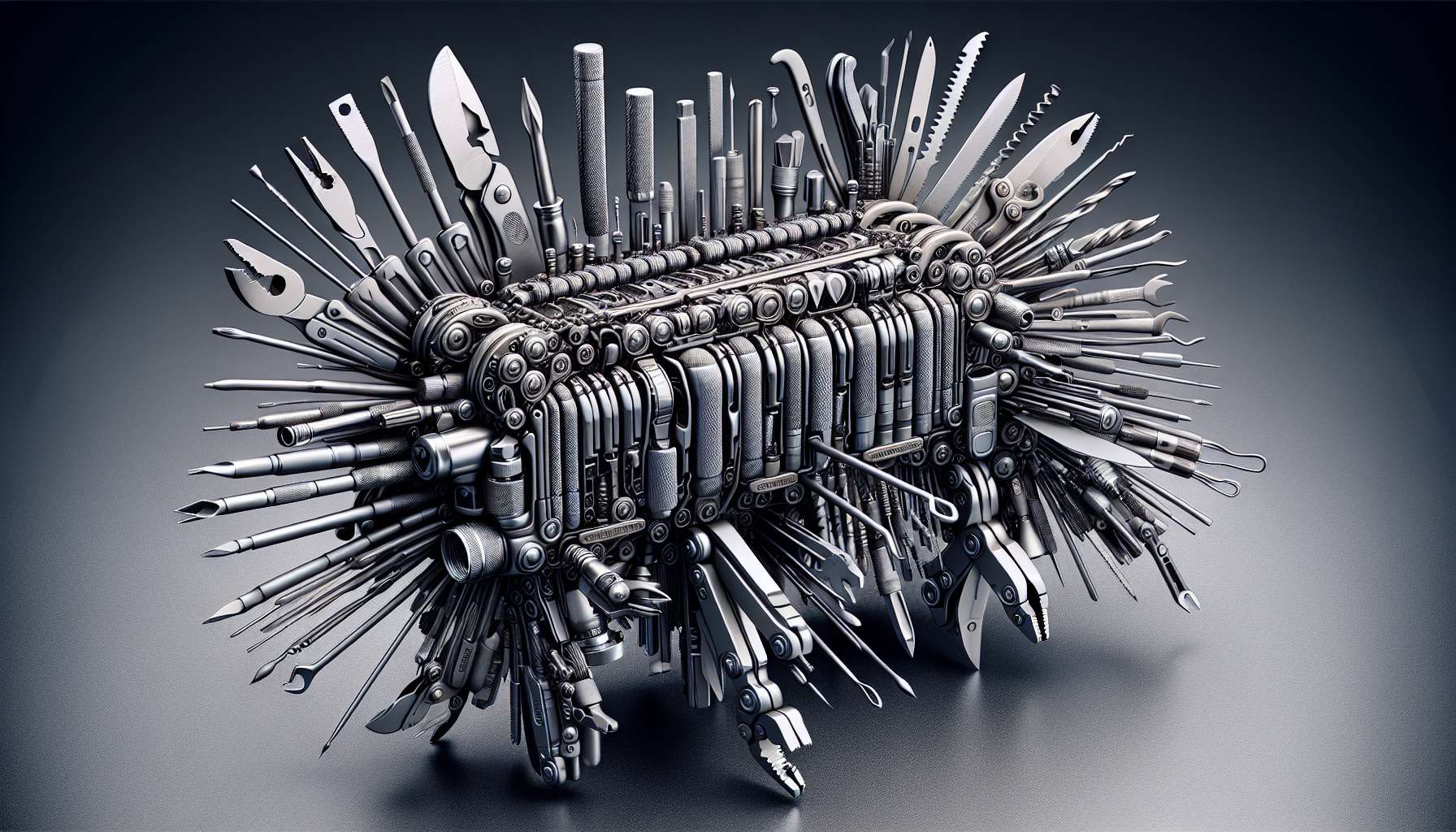Exploring the World of Mountaineering Helmets
Mountaineering is a thrilling and challenging sport that requires careful preparation, skill, and the right gear. Among the essential equipment for any mountaineer, a helmet stands out as a crucial piece of protective gear. From safeguarding against falling rocks to providing impact protection during falls, mountaineering helmets play a vital role in ensuring the safety of climbers in the unforgiving alpine environment.
In this comprehensive guide, we delve into the world of mountaineering helmets, exploring their evolution, design principles, technological advancements, and the importance of choosing the right helmet for your adventures. Join us as we unravel the intricacies of these essential safety devices and discover why they are a non-negotiable part of any climber’s kit.
The Evolution of Mountaineering Helmets
Mountaineering helmets have come a long way since their inception. Originally, climbers used simple leather caps to protect their heads from falling debris. However, as the sport evolved and safety standards improved, helmet designs became more sophisticated. Modern mountaineering helmets are typically made from lightweight yet durable materials such as polycarbonate or ABS plastic, with EPS foam liners for impact absorption.
One of the key milestones in the evolution of mountaineering helmets was the introduction of the UIAA (International Climbing and Mountaineering Federation) certification in the 1970s. This certification ensured that helmets met specific safety standards and provided adequate protection for climbers. Since then, helmet manufacturers have continued to innovate and refine their designs to offer climbers the best possible protection in the mountains.
Design Principles of Mountaineering Helmets
When it comes to designing mountaineering helmets, several key principles guide manufacturers in creating effective and reliable protective gear. One of the primary considerations is weight, as climbers need a helmet that offers adequate protection without being too heavy or cumbersome. Additionally, ventilation is crucial to prevent overheating during strenuous climbs, while adjustability ensures a snug and secure fit for different head sizes.
Another essential aspect of helmet design is impact protection. Helmets must be able to absorb and distribute the force of impact in the event of a fall or rockfall, reducing the risk of head injuries. This is typically achieved through the use of EPS (Expanded Polystyrene) foam liners, which compress upon impact to cushion the head and dissipate energy.
Technological Advancements in Mountaineering Helmets
In recent years, technological advancements have revolutionized the design and performance of mountaineering helmets. One significant innovation is the use of MIPS (Multi-directional Impact Protection System) technology, which reduces rotational forces on the brain during oblique impacts. This technology has been widely adopted in the cycling industry and is now making its way into the world of mountaineering helmets.
Another notable advancement is the integration of headlamp clips and ventilation systems into helmet designs. Headlamp clips allow climbers to securely attach a headlamp to their helmet for hands-free illumination during nighttime or early morning ascents, while ventilation systems help regulate airflow and prevent overheating in warm conditions.
Choosing the Right Mountaineering Helmet
When it comes to selecting a mountaineering helmet, there are several factors to consider to ensure you choose the right one for your needs. Firstly, it’s essential to determine the type of climbing you’ll be doing, as different helmets are designed for specific disciplines such as alpine, ice, or rock climbing. Alpine helmets, for example, tend to be more lightweight and versatile, while ice climbing helmets offer additional protection against sharp ice tools.
Fit is another critical factor when choosing a helmet. A helmet that doesn’t fit properly or is uncomfortable to wear is unlikely to provide adequate protection in the event of a fall. It’s recommended to try on different helmets and adjust the fit system to ensure a snug and secure fit that doesn’t move or shift when climbing.
Importance of Mountaineering Helmets
Mountaineering helmets are a crucial piece of safety equipment that can mean the difference between life and death in the mountains. While some climbers may be tempted to forgo wearing a helmet to save weight or for convenience, the risks of head injuries in climbing are very real. Falling rocks, ice, or gear, as well as unexpected slips or falls, can all result in potentially catastrophic head injuries if not wearing a helmet.
By investing in a high-quality mountaineering helmet and wearing it consistently during climbs, climbers can significantly reduce the risk of head injuries and increase their chances of coming home safely. The peace of mind that comes with knowing you have adequate protection for your head allows you to focus on the climb and enjoy the experience without unnecessary worry.
Expert Opinions on Mountaineering Helmets
According to renowned mountaineer and safety advocate, Ed Viesturs, “A helmet is the single most important piece of safety equipment a climber can use.” Viesturs, who has summited all 14 of the world’s 8,000-meter peaks, emphasizes the importance of wearing a helmet at all times while climbing, regardless of the difficulty or perceived risk of the route.
Other experts in the mountaineering community echo this sentiment, highlighting the critical role that helmets play in protecting climbers from head injuries. As advancements in helmet technology continue to improve, climbers are urged to prioritize safety and make wearing a helmet a non-negotiable part of their climbing gear.
Conclusion
To wrap things up, mountaineering helmets are an indispensable piece of safety equipment for climbers of all levels. From their humble origins as simple leather caps to the high-tech, lightweight helmets of today, these protective devices have evolved to offer climbers the best possible protection in the mountains.
By understanding the key design principles, technological advancements, and the importance of choosing the right helmet, climbers can make informed decisions when selecting their protective gear. Investing in a quality mountaineering helmet and wearing it consistently while climbing is crucial for staying safe and enjoying the mountains to the fullest.
Remember, the mountains can be unpredictable and unforgiving, but with the right gear and a cautious approach, climbers can minimize risks and maximize their enjoyment of this incredible sport. Stay safe, wear your helmet, and may your adventures in the mountains be filled with excitement, challenge, and breathtaking views.




